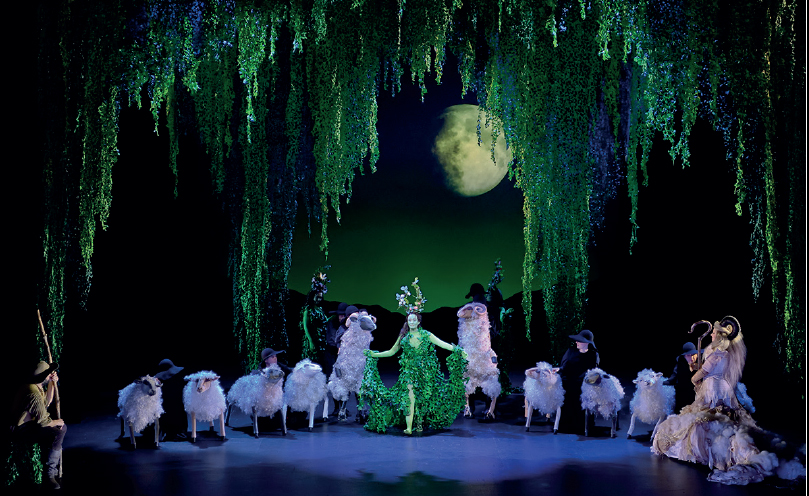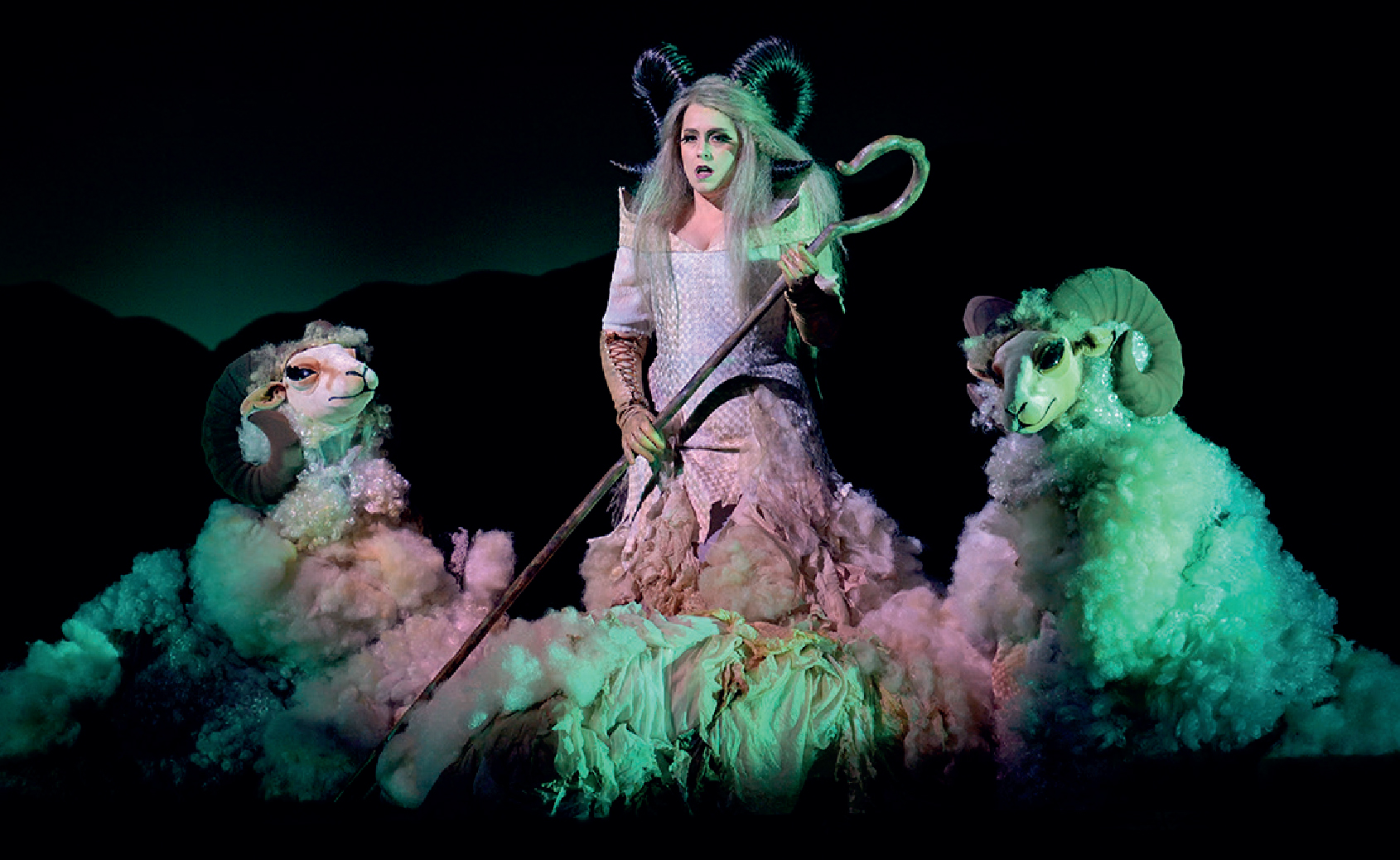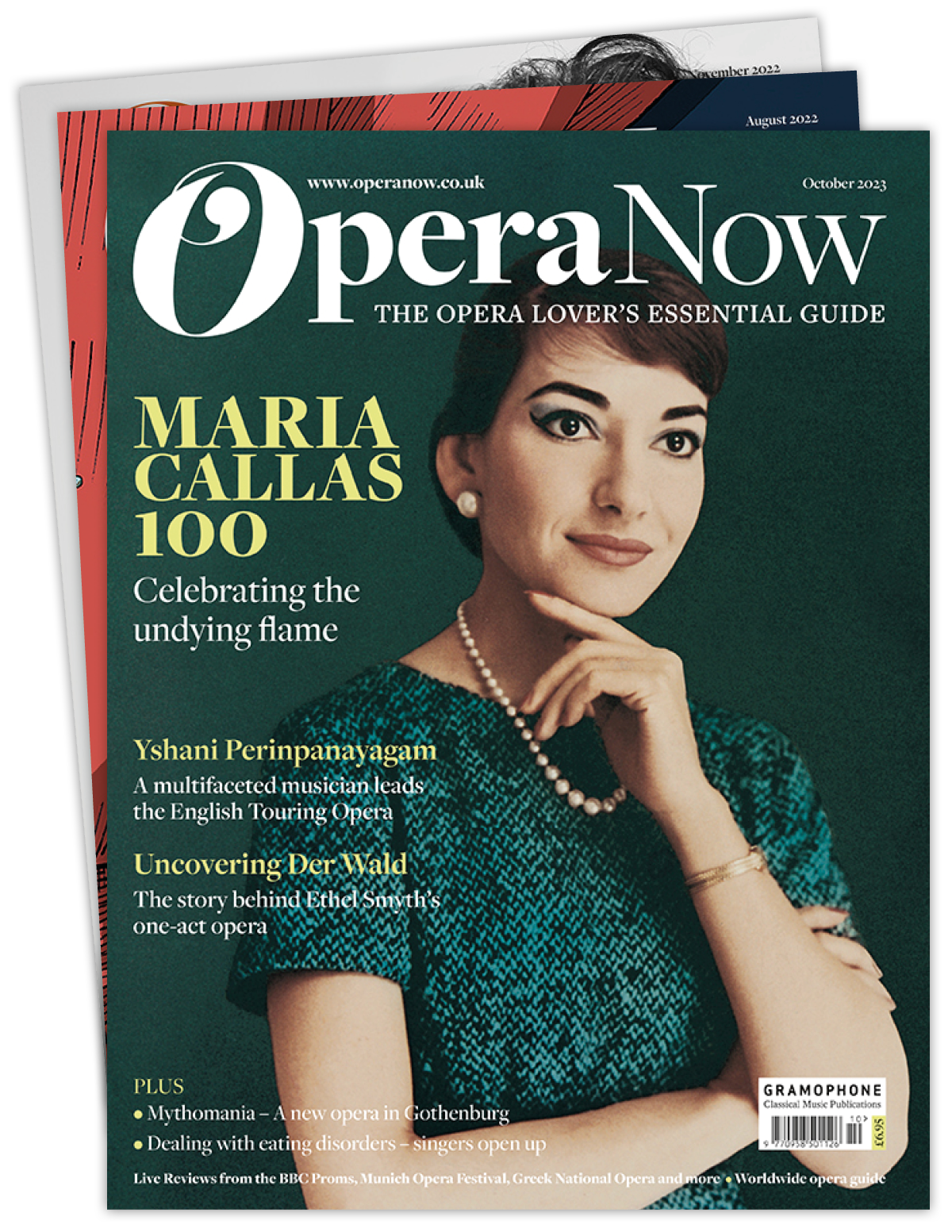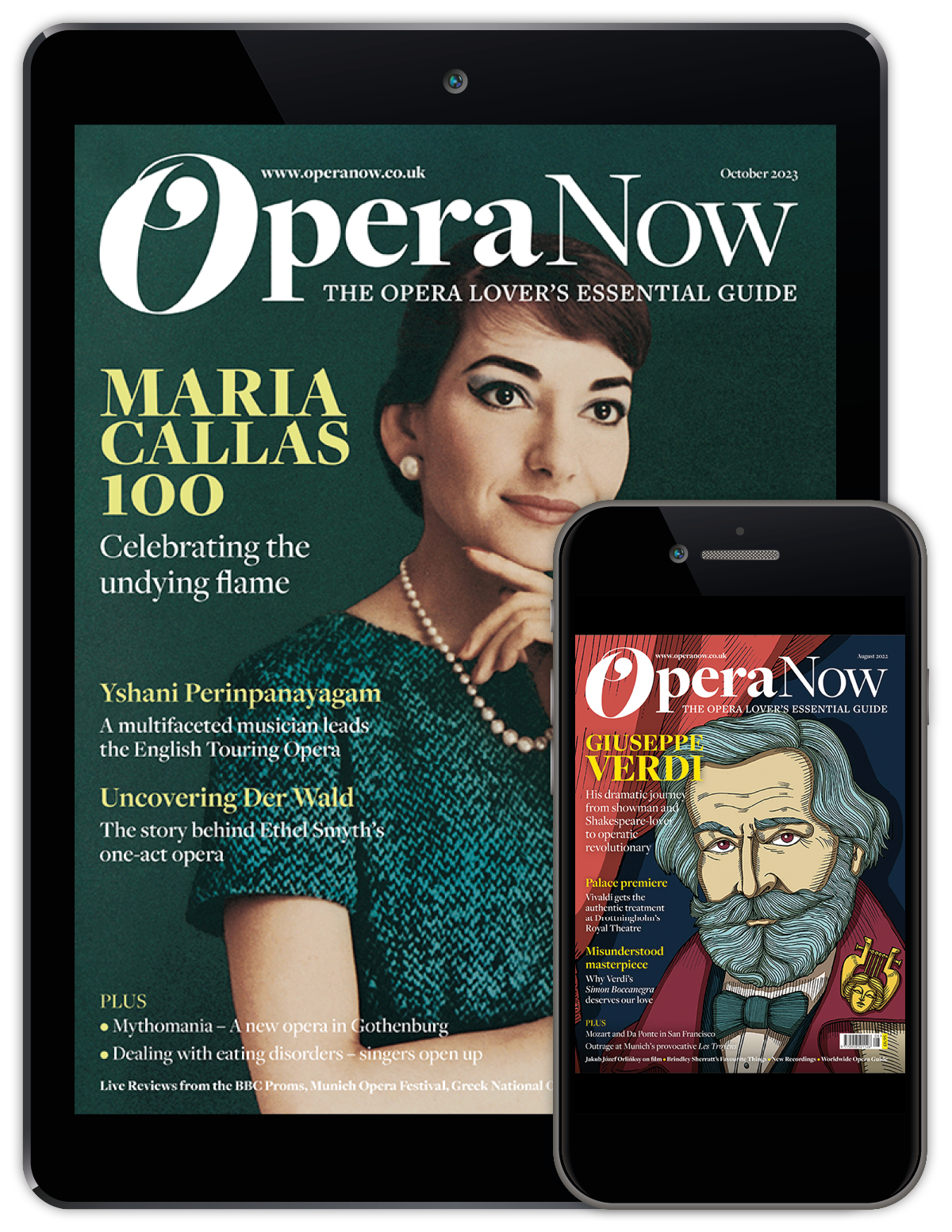Mondonville: Titon et l'Aurore (Château de Versailles Spéctacles, Paris) | Review
Colin Clarke
Friday, September 2, 2022
Christie and Les Arts Florissants’ ability to conjure up each rhetorical gesture was impeccably captured, right from the dynamic contrasts of the impeccably delivered Ouverture

This is a co-production between the Opéra-Comique and Château de Versailles Spéctacles; a DVD/Blu-ray of a performance of Mondonville's 1753 Titon et l'Aurore conducted by William Christie in January 2021, filmed during lockdown without an audience, has already been released by Naxos. But to see Basil Twist's impossibly beautiful production first-hand in Versailles was magical.
The music of Jean-Joseph Cassanéa de Mondonville (1711-72) remains underappreciated to this day, although Christie has made valiant attempts to correct this, including a significant disc of Grands Motets. A violinist and composer, Mondonville enjoyed success in his lifetime; he was much associated with the Chapelle Royale.
The ‘opéra-ballet’ Titon et l'Aurore exemplifies all that is great in French Art. The piece is perfectly proportioned, with each air or chorus impeccably judged within the work's great arc. Christie and Les Arts Florissants’ ability to conjure up each rhetorical gesture was impeccably captured, right from the dynamic contrasts of the impeccably delivered Ouverture. Placing the continuo harpsichordist Benoît Hartoin to his immediate right seemed to tighten the rapport, as if Hartoin were an extension of Christie's right arm.

Basil Twist's production is a sheep-lover's paradise
Titon is also labelled as a ‘Pastorale héroïque’, and indeed Twist's production rejoices in the pastoral, from its depiction of night (with a projected moon perfectly complementing the artifice of the production) to its many sheep, animated (and sometimes dancing) by black-clothed puppeteers. This Titon is a sheep-lovers’ paradise. The production is a visual feast, with colour (lighting Jean Kalman) a vital component. perfectly complementing the mood of each scene; Kalman realises that colour is itself an energy and must resonate, therefore, with the ongoing music. Puppet-statues themselves animate (into stately dance or, at one point, copulation); Aurore (Goddess of the dawn) boasts an aura of colour around her.

Renato Dolcini in solid voice as Promethée
In the extended Prologue, Prometheus animates statues and, when Love (L'Amour) congratulates him, he vows to take over the affairs of Man. It was good to hear Renato Dolcini as Prométhée, in more solid and finer voice than on the filmed version. This is a story of a human loving a Goddess who is also loved by Aeolus, the God of the Wind. Aeolus tries to enlist the help of Palès, (Goddess of shepherds), to kill Titon; but Palès is herself in love with Titon. Act II finds Aeolus falsely relating Titon's death to Aurore and, in frustration, Aeolus demands Palès sacrifices Titon, unleashing a torrent of nymphs and fauns in an attempt at seduction. In this mythical version of Love Island's ‘Casa Amor’, Titon remains faithful. Palès’ revenge is to cause Titon to age prematurely; it is L'Amour who saves the day by granting protection and rewarding Titon's faithfulness.

Emmanuelle de Negri on shining form as Palès
L'Amour, dressed in courtly attire, is the only divergence between the filmed version performance I saw in Versailles: on DVD, Julie Roset and at Versailles, Ana Vieira Leite. There's not much to choose between them. The duet with Promethée, ‘Qu'on me parle que de la gloire’, is a real highlight.
As Titon, Reinoud Van Mechelen excelled: his air ‘Que l'Aurore tarde à paraître’ was a masterclass in lyricism. But it was the purity of soprano Gwendoline Blondeel as L'Aurore that was the vocal highlight of the evening, her ariette ‘Venez sous ce riant feuillage’, with its tweeting recorders (and shuddering sheep in response to the trills) a glorious example of Baroque pastoral lyricism. Marc Mauillon is (pardon the pun) a force of Nature as Aeolus, while as Palès, Emmanuelle de Negri shone, her voice rightfully strong to mesh with her character; it was a nice touch to have her hair mirroring the shepherd's crook she carried while also evoking a ram's horns (Palès is also a Goddess of livestock). The scene between Éole and Palès (III/i) was the meeting of two great singers, De Negri's fury absolutely visceral.

Love conquers all with Gwendoline Blondeel as L'Aurore and Reinoud Van Mechelen as Titon
The real star of this evening: Mondonville, whose reputation at last is shining ever more brightly. His music is radiant, and everything about Titon screams ‘masterpiece’. The two Versailles performances tie in nicely with Château de Versailles Spéctacle's new release of Mondonville Grands Motets conducted by Gaétan Jarry. A veritable feast of Mondonville; and long may it continue.






